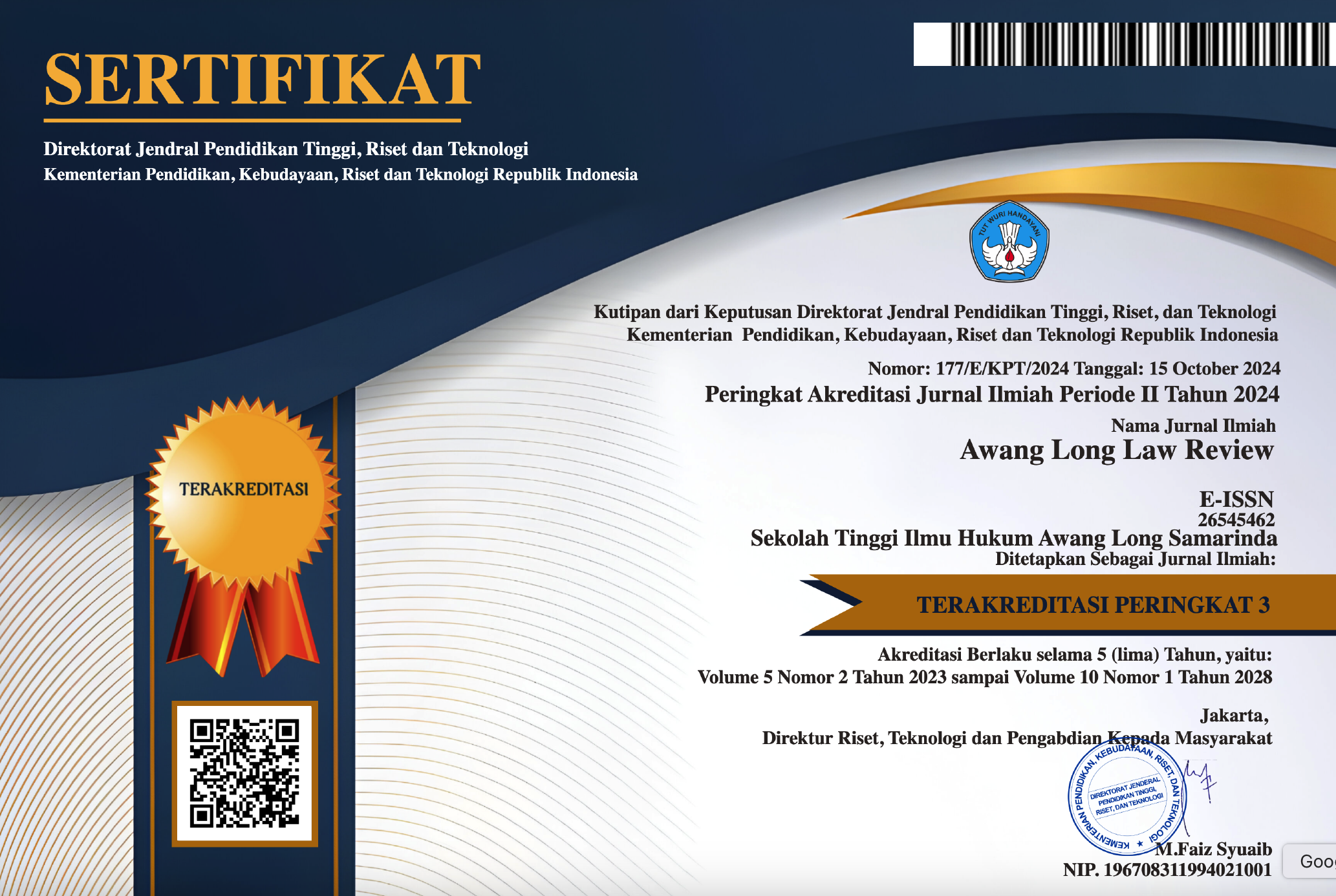THE ROLE OF LOCAL GOVERNMENT IN PREVENTING EARLY CHILDHOOD MARRIAGE
Abstract
The phenomenon of early marriage that continues to occur is a polemic for the government in the midst of fulfilling the sustainable development goals. The consequences of early childhood marriage have good implications for dropout rates, health, domestic violence, mortality and the ratio of achievement of the human development index. This study purposes to determine the role of local governments in preventing marriage of school-age children. The method used in this research is legal research using the statute approach, conceptual approach and legal principles. The results of the study indicate that the role of local governments is an essential part in organizing the protection and fulfillment of children's rights in order to prevent early childhood marriages. The Child-friendly City/Regency Program coordinated by the Kementerian Pemberdayaan Perempuan dan Perlindungan Anak can help the implementation of child protection to be realized because the program has a program implementation mechanism starting from the planning stage to program evaluation which also involves various stakeholders at the central to regional levels with supervision and involvement. by the community, community organizations, educational institutions and business actors.
Downloads
Copyright (c) 2021 Awang Long School of Law

This work is licensed under a Creative Commons Attribution-ShareAlike 4.0 International License.







